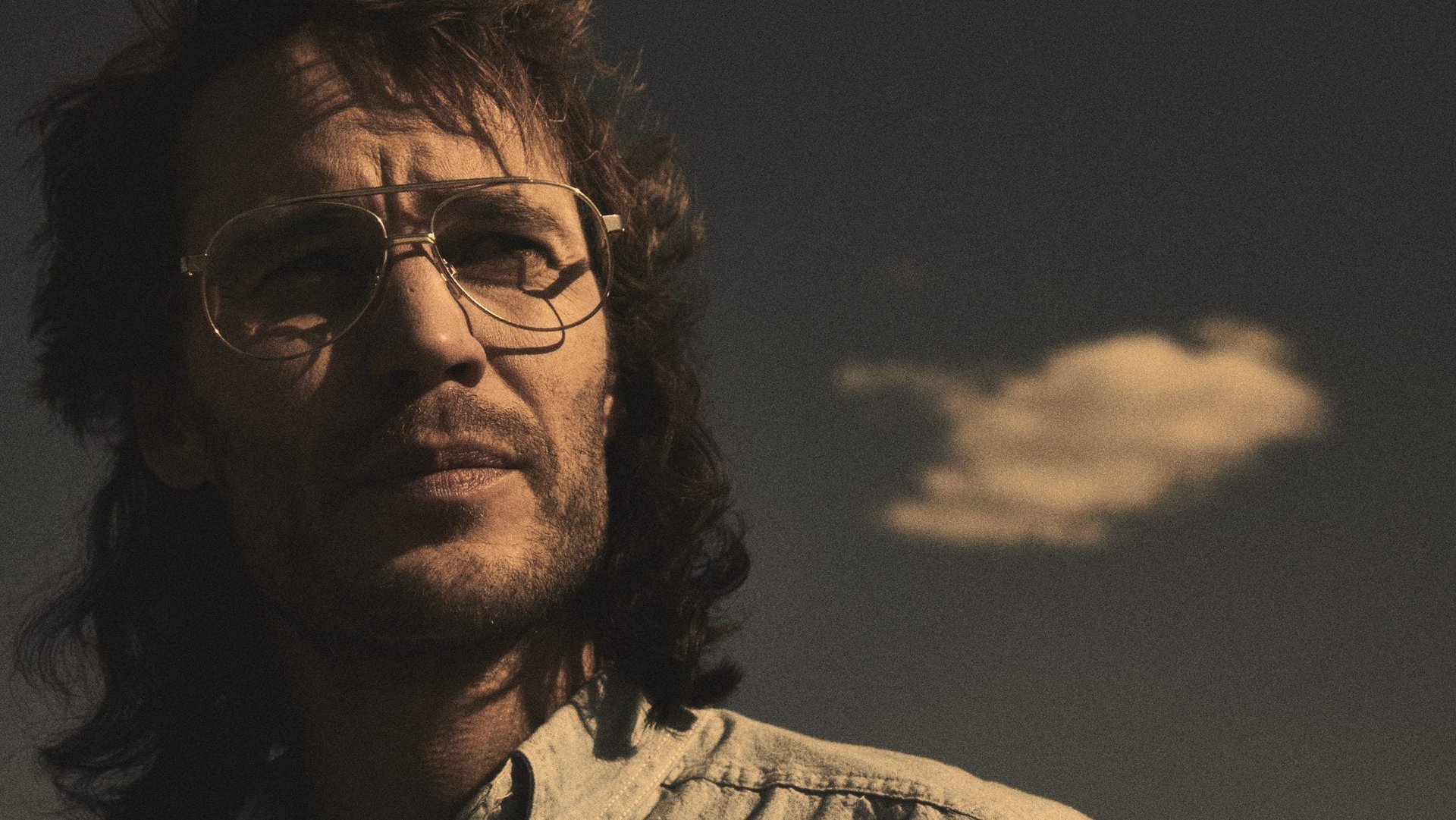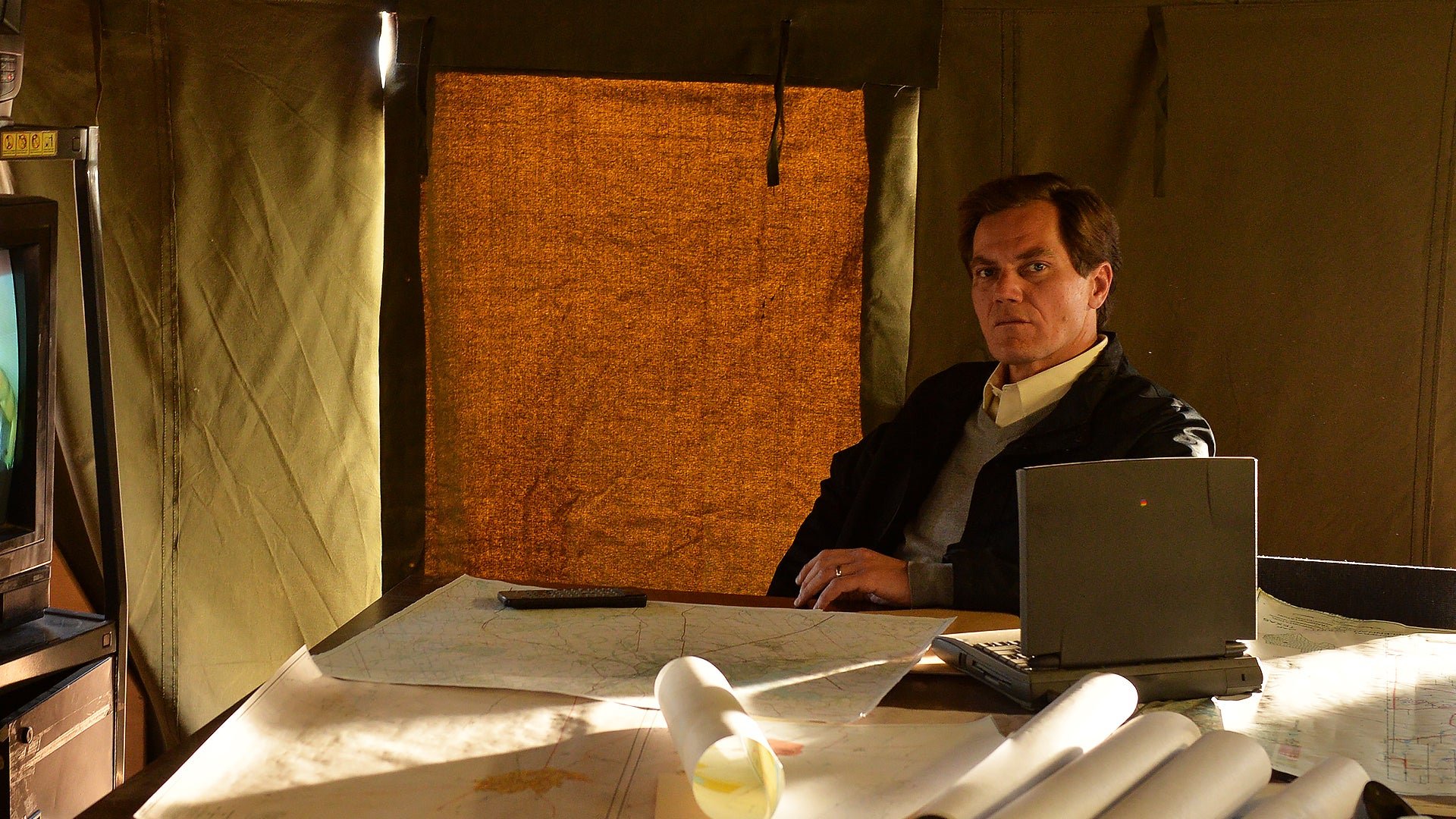“Waco” laments America’s unique, tragic obsession with guns
Waco, the new miniseries on the recently re-branded Paramount Network (previously Spike TV), covers a lot of rich thematic ground: religion, a government’s relationship to its citizens, and our fascination with cults and their charismatic leaders.


Waco, the new miniseries on the recently re-branded Paramount Network (previously Spike TV), covers a lot of rich thematic ground: religion, a government’s relationship to its citizens, and our fascination with cults and their charismatic leaders.
But really, it’s about guns.
America’s gun addiction predates the real-life tragedy at Waco, but Waco the TV series contends that the tragedy nevertheless marked a defining moment in the country’s sordid history with the weapon. Waco shows how the very idea of guns corrupt, how they escalate and then perpetuate cycles of violence, and how these problems are uniquely American problems.
That makes the series an important one, perhaps even more politically timely today than it would have been 25 years ago, as the US currently grapples with a gun epidemic that’s grown exponentially since the tragedy occurred. Just this week, a 15-year-old opened fire at his school in western Kentucky, killing two students and injuring 18 others. It was the 13th mass shooting already in 2018. Waco is one of the first prestige cable dramas to actually probe America’s cultural understanding of guns instead of simply depicting it or using gunfights as entertainment.
In 1993, the US Bureau of Alcohol, Tobacco, Firearms and Explosives (ATF) raided a compound outside Waco, Texas, fearing that its inhabitants—members of the Branch Davidians cult, led by David Koresh—were stockpiling illegal weapons. (Koresh, who had multiple wives including several that were underage, was also believed to be abusing children.) By the end of the subsequent 51-day FBI siege, 86 people were dead: four US law enforcement agents, and 82 civilians, including Koresh. The compound was destroyed by a massive fire of unclear origin.
Waco sets the stage with another US government-led disaster: the Ruby Ridge incident. About nine months before the massacre at Waco, a white separatist named Randy Weaver was engaged in a standoff with US law enforcement at his residence in Naples, Idaho following a shootout that resulted in the deaths of the Weaver’s 14-year-old son and a US marshal. Despite the pleas of FBI negotiator Gary Noesner (Michael Shannon), the agency’s tactical Hostage Rescue Team (HRT) laid siege to the compound. Weaver’s wife, Vicki, was killed by FBI sniper fire.
Instead of reprimanding the HRT commander in charge of the botched Ruby Ridge operation, the FBI invests another $10 million in the unit—a sign that it not only approved of but also encouraged the agency’s increasingly militaristic way of solving crises.
Not long after, the FBI catches wind that Koresh (Taylor Kitsch) and his followers are buying an inordinate amount of firearms at gun shows and then illegally modifying them. In part to show US Congress its value, the ATF plans a raid on the Branch Davidians building in Waco to seize the illegal weapons and arrest their owners. In addition to Koresh, of course, the compound was filled with dozens of women and children. The solution that the US government comes up with to deal with the fact that Koresh and his people have stockpiled lots of guns is to attack them with a lot more guns.
Implicit in the show’s depiction of the ATF raid are biting critiques of both the ATF’s planning of the raid and the Davidians’ response to it. Once again, Noesner’s attempts to resolve the situation peacefully are met with resistance from the more militaristic factions within the FBI, who badly want a “win” following the Ruby Ridge debacle. Both sides, armed to the teeth with automatic weapons, make tragic errors, but the blame ultimately rests with the killing machines that allowed the massacre to take place.
The Davidians know the US government is coming for them—in part because Koresh prophesized an end-times battle. But also because an undercover agent (John Leguizamo) who infiltrated the compound to gather intelligence blows his cover. Koresh and his men—civilians with no training—arm themselves and take up defensive positions. The raid was doomed before it even began.

While we don’t know precisely who fired the first shot in the real raid, the TV series is unambiguous: ATF agents shoot a dog outside the compound, leading other agents to believe shots have been fired. The agents then open fire on the compound, wounding Koresh and killing one of his right-hand men—the United States government using the instruments of war on its own people. Whether or not they were justified in doing so is almost beside the point (though the show takes the relatively uncontroversial opinion that the ATF was needlessly aggressive). What matters is that Waco could only happen in a culture that fostered militaristic law enforcement, a culture that made it cool to stock up on illegal firearms and “stick it to the man.” Waco could only happen in America.
Waco is vital viewing in 2018, because it underscores the tragic fact that we’ve learned nothing since that day in 1993. The series shouldn’t be so relevant today, but it is.
The National Rifle Association (NRA) exploited Waco to galvanize its members, arguing that what happened to the Davidians could have happened to anyone. Newly appointed executive vice president, Wayne LaPierre, who still holds the same position at the NRA today, called the FBI “jack-booted government thugs” and framed Koresh as just another “good guy with a gun”—the logically flawed phrase that the gun rights organization still uses to justify owning machines of war.
Waco mirrors exactly how the American public generally responds to gun violence. Gun sales tend to surge immediately following high profile shootings as people arm themselves as a defense mechanism and out of fear that gun laws will be tightened—not unlike what the Branch Davidians did in response to the perceived threat against them. Today, the US has the more firearms per capita than any other nation on Earth, by a grotesque amount. And for their part, American law enforcement agencies have only become more aggressive since 1993, a terrible recipe when mixed with the inherent racial bias present in every police department in the country.
Waco isn’t a perfect series—Kitsch and Shannon are both excellent in their respective roles, but the script often fails them. Still, it’s worth watching for an American public that must begin to reckon with this addiction. Waco proves, definitively, that no problem is ever made better by inserting more guns into the equation.